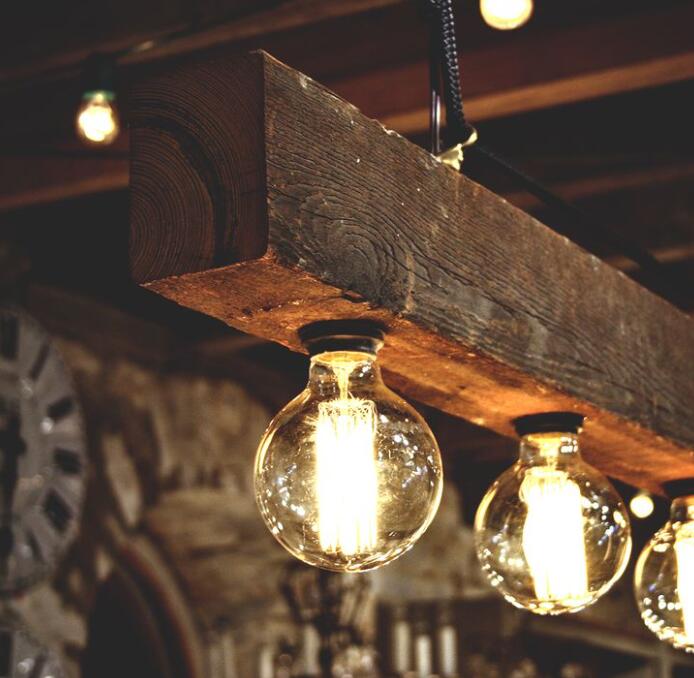In today’s world, where sustainability and environmental consciousness are gaining significant importance, the proper disposal and recycling of various products have become crucial. Among these, lamps hold a special place due to their widespread usage and potential environmental impact. Not only do lamps consume energy during their operation, but they also contain hazardous materials that can harm the environment if not disposed of properly.
The aim of this article is to shed light on the lifespan of recycled lamps. We will explore the factors that influence the longevity of lamps, delve into the process of lamp recycling, and discuss ways to extend their lifespan. By understanding the lifecycle of recycled lamps, we can make more informed choices about their usage and disposal, contributing to a more sustainable future.
So, let’s journey into the fascinating world of recycled lamps and discover how long they typically last.
Understanding Lamp Lifespan
Before delving into the lifespan of recycled lamps, it’s important to understand what determines the longevity of these lighting devices. Several factors come into play, including the type of lamp, the quality of materials used in manufacturing, and the usage patterns and environmental conditions the lamp is exposed to.
Definition and factors affecting lamp lifespan
Lamp lifespan refers to the duration of time a lamp operates before it ceases to function. It is essential to note that the lifespan can vary significantly depending on various influencing factors.
1. Type of lamp: Different types of lamps, such as incandescent, fluorescent, and LED, have varying lifespans. Incandescent lamps typically have a shorter lifespan compared to more energy-efficient alternatives like fluorescent and LED lamps. LED lamps, in particular, are known for their longer lifespan.
2. Quality of materials: The quality of materials used in lamp manufacturing plays a crucial role in determining its lifespan. Lamps constructed with high-quality components and craftsmanship tend to have a longer lifespan compared to those made with lower-quality materials.
3. Usage patterns and environmental conditions: The way a lamp is used and the conditions it is exposed to can impact its lifespan. Factors such as the frequency of usage, operating temperature, and voltage fluctuations can influence how long a lamp lasts. For instance, lamps that are frequently turned on and off experience more stress and may have a shorter lifespan.
Exploring the lifespan of different lamp types
To understand the typical lifespan of recycled lamps, let’s examine the average lifespan of different lamp types and the variations within each category.
1. Incandescent lamps: Incandescent lamps have been widely used for decades but are known for their relatively short lifespan. On average, these lamps can last anywhere from 700 to 1,000 hours of usage. However, this lifespan can be significantly affected by factors such as voltage fluctuations and frequent turning on and off.
2. Fluorescent lamps: Fluorescent lamps are more energy-efficient than incandescent lamps and have a longer lifespan. On average, they can operate for about 8,000 to 15,000 hours, providing long-lasting illumination. However, the quality of the lamp and its electronic components can influence its lifespan.
3. LED lamps: LED lamps have gained immense popularity due to their energy efficiency and extended lifespan. These lamps can typically last anywhere from 15,000 to 50,000 hours, making them highly durable and cost-effective in the long run. However, it’s important to note that the actual lifespan of LED lamps can also be affected by factors such as heat dissipation and electronic driver quality.
It’s worth mentioning that advancements in technology and manufacturing practices have led to improvements in the lifespan of lamps across all types. Additionally, variations within each lamp type can be attributed to differences in brand, model, and specific manufacturing processes.
Conclusion
Understanding the lifespan of recycled lamps is essential in promoting sustainable practices and reducing environmental waste. Through our exploration, we have discovered that the lifespan of lamps can vary depending on factors such as the type of lamp, the quality of materials used in manufacturing, and the usage patterns and environmental conditions the lamp is exposed to.
We have also gained insights into the lifespan of different lamp types. Incandescent lamps typically have a shorter lifespan compared to energy-efficient alternatives like fluorescent and LED lamps. LED lamps stand out with their impressive longevity, lasting anywhere from 15,000 to 50,000 hours.

